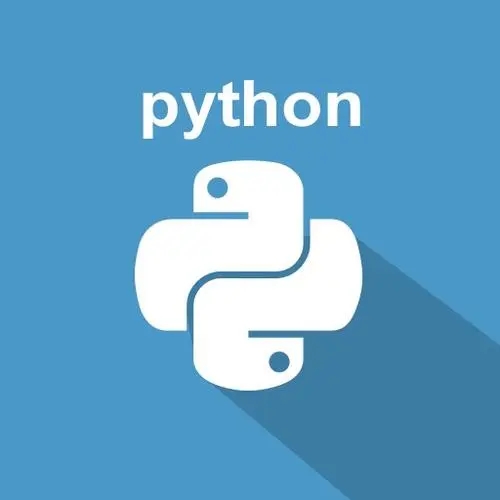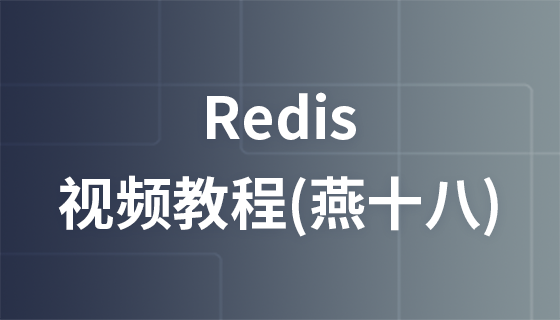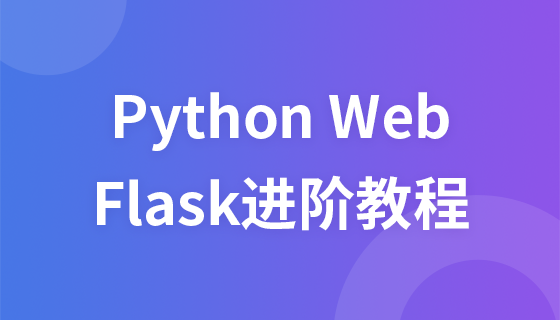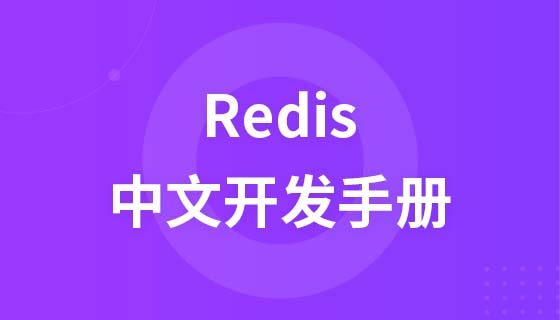Redis是一种基于内存的高性能键值数据库,在应用中经常用于缓存、消息队列等场景。在Python中,我们可以使用redis-py库来与Redis进行交互。而为了提高连接效率和性能,我们可以使用Redis的连接池功能,本文将介绍如何使用python开发redis的连接池功能。
首先,我们需要安装redis-py库,可以使用pip命令来进行安装:
pip install redis
接下来,我们可以通过以下代码来创建一个Redis连接池:
import redis pool = redis.ConnectionPool(host='localhost', port=6379, db=0, max_connections=10)
在上面的代码中,我们通过redis模块的ConnectionPool函数来创建连接池。host参数指定Redis的主机地址,port参数指定Redis的端口号,db参数指定Redis的数据库编号,max_connections参数指定连接池的最大连接数。
立即学习“Python免费学习笔记(深入)”;
然后,我们可以通过以下代码来获取Redis的一个连接:
conn = redis.Redis(connection_pool=pool)
在上面的代码中,我们通过redis模块的Redis函数来获取Redis连接对象。connection_pool参数指定了之前创建的连接池对象。
接下来,我们可以使用获取的Redis连接对象来进行Redis的操作,比如读取和写入数据:
# 写入数据
conn.set('key', 'value')
# 读取数据
value = conn.get('key')
print(value)在上面的代码中,我们使用set方法将一个键值对写入Redis中,使用get方法从Redis中读取指定键对应的值。
最后,我们需要在使用完Redis连接后将连接归还至连接池,以便其他代码复用:
pool.release(conn)
在上面的代码中,我们通过连接池对象的release方法将之前获取的连接归还至连接池。
综上所述,通过Redis的连接池功能,我们可以在应用程序中高效地管理Redis连接,提高应用的响应速度和并发性能。在Python中,我们可以使用redis-py库来操作Redis连接池,通过创建连接池对象、获取连接对象、进行Redis操作和归还连接等步骤,实现对Redis的连接池功能的使用。
代码示例:
import redis
# 创建连接池
pool = redis.ConnectionPool(host='localhost', port=6379, db=0, max_connections=10)
# 获取Redis连接
conn = redis.Redis(connection_pool=pool)
# 写入数据
conn.set('key', 'value')
# 读取数据
value = conn.get('key')
print(value)
# 归还连接至连接池
pool.release(conn)希望通过本文的介绍,您能够了解如何使用python开发redis的连接池功能,并在实际项目中运用到实践中。
以上就是如何使用Python开发Redis的连接池功能的详细内容,更多请关注php中文网其它相关文章!

python怎么学习?python怎么入门?python在哪学?python怎么学才快?不用担心,这里为大家提供了python速学教程(入门到精通),有需要的小伙伴保存下载就能学习啦!




Copyright 2014-2025 https://www.php.cn/ All Rights Reserved | php.cn | 湘ICP备2023035733号